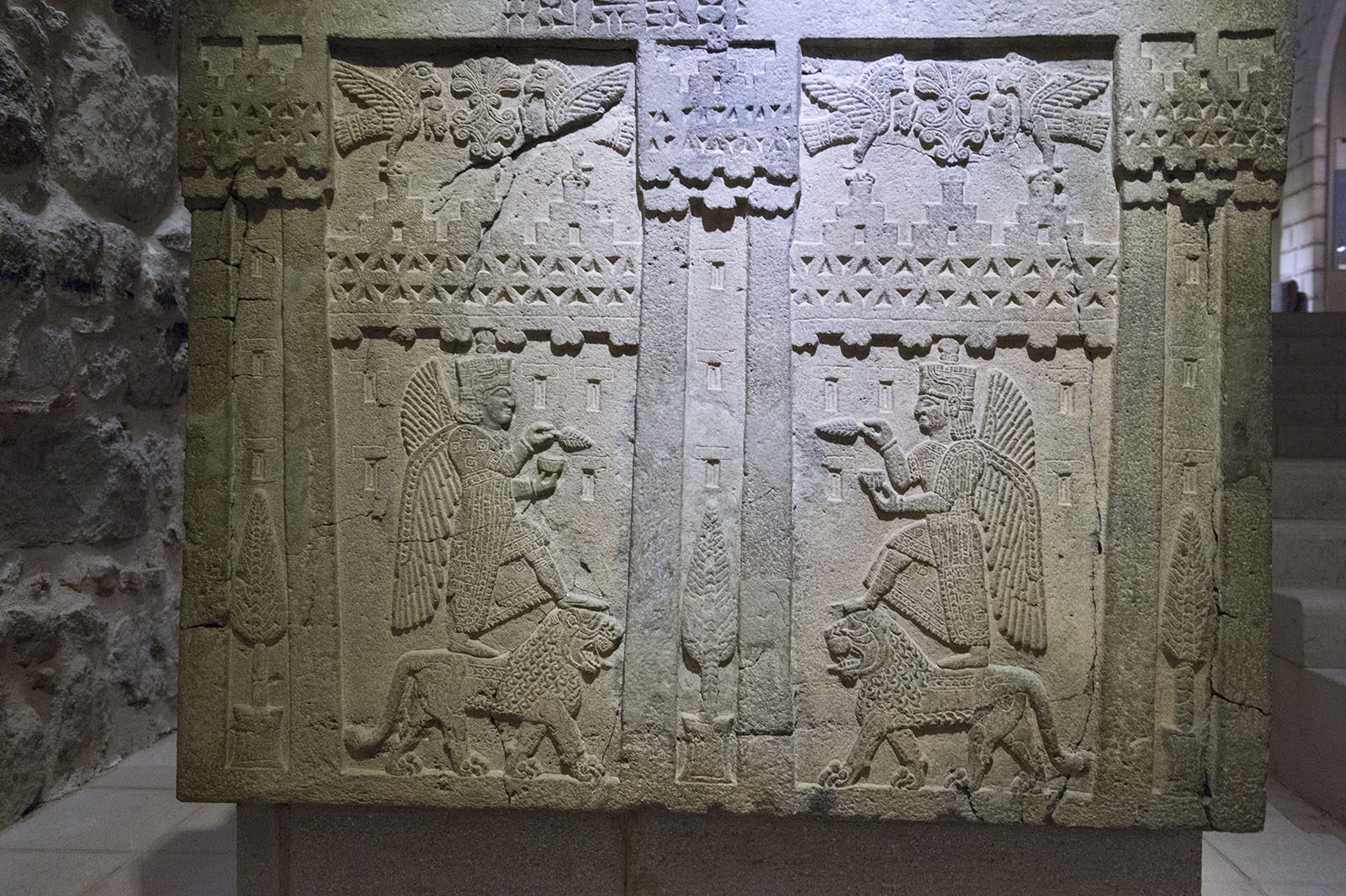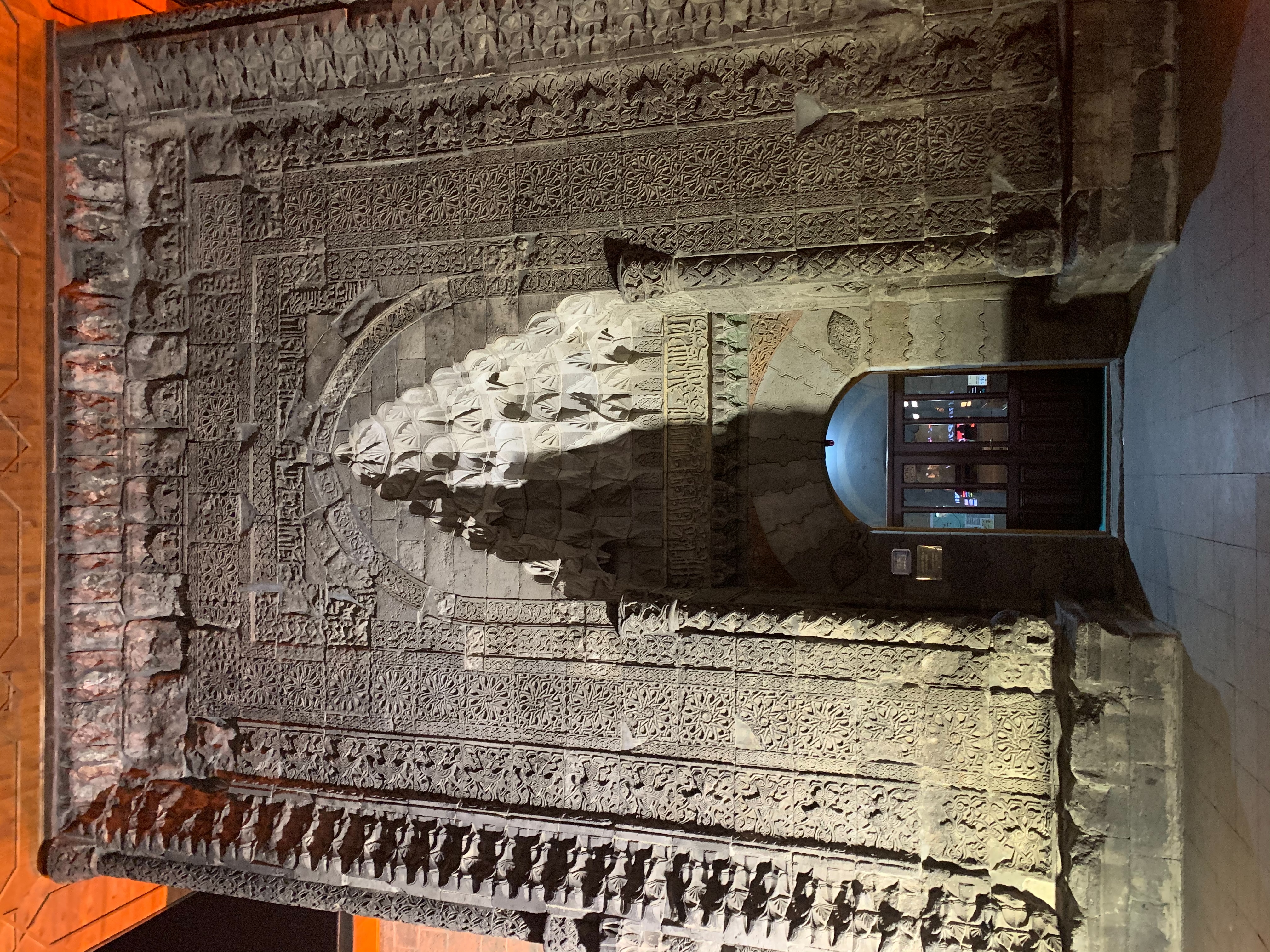|
Battle Of Bitlis
The Battle of Bitlis refers to a series of engagements in the summer of 1916 for the town of Bitlis and to a lesser extent nearby Muş, between Russian Imperial forces and their Ottoman counterparts. The town was the last stronghold of the Ottoman Empire preventing the Russians from entering Anatolia and Mesopotamia. Part of the battle is known as Battle of Muş The first military confrontation at Bitlis occurred in July 1915, when Russian troops launched an unsuccessful assault on the town's fortifications. The second confrontation began in February 1916 and ended with the capture of Bitlis by new Russian corps, which largely consisted of the 1st Battalion of the Armenian volunteer units under the command of Andranik Ozanian. The Allied withdrawal from Gallipoli gave opportunity for Turkish forces to redeploy to the Caucasus region. Russian commander Nikolai Yudenich intended to attack the Turks before they could organize their forces to launch an attack. After a series ... [...More Info...] [...Related Items...] OR: [Wikipedia] [Google] [Baidu] |
Caucasus Campaign
The Caucasus campaign comprised armed conflicts between the Russian Empire and the Ottoman Empire, later including Armenia, Azerbaijan, Georgia, the Mountainous Republic of the Northern Caucasus, the German Empire, the Central Caspian Dictatorship, and the British Empire, as part of the Middle Eastern theatre during World War I. The Caucasus campaign extended from the South Caucasus to the Armenian Highlands region, reaching as far as Trabzon, Bitlis, Mush and Van. The land warfare was accompanied by naval engagements in the Black Sea. The Russian military campaign started on 1 November 1914 with the Russian invasion of Turkish Armenia. In February 1917, the Russian advance was halted following the Russian Revolution. The Russian Caucasus Army soon disintegrated and was replaced by the forces of the newly established Transcaucasian state, comprising partly of Armenian volunteer units and irregular units which had previously been part of the Russian Army. During 1918 t ... [...More Info...] [...Related Items...] OR: [Wikipedia] [Google] [Baidu] |
Bitlis
Bitlis ( or ; ) is a city in southeastern Turkey. It is the seat of Bitlis District and Bitlis Province.İl Belediyesi Turkey Civil Administration Departments Inventory. Retrieved 30 January 2023. Its population is 53,023 (2021). The city is located at an elevation of 1,545 metres, 15 km from Lake Van, in the steep-sided valley of the Bitlis River, a tributary of the Tigris River, Tigris. The local economy is mainly based on agricultural products which include fruits, grain and tobacco. Industry is fairly limited, and deals mainly with leatherworking, manufacture of tobacco products as well as weaving and dyeing of coarse cloth. Bitlis is connected to other urban centres by road, including Tatvan on Lake Van, 25 km to the northeast, and the cities of Muş (Mush), 100 km northwest, and Di ... [...More Info...] [...Related Items...] OR: [Wikipedia] [Google] [Baidu] |
Turkish Second Army
The Second Army () of the Turkish Army has headquarters in Malatya. It protects Anatolia and it patrols the border with Syria, Iraq and Iran. Modern Turkish corps are referred to in TGS literature in Ottoman Turkish (1st) numerals. It is not clear when the change occurred. An arbitrary date of 1945 has been chosen as the point at which to start referring to corps in Ottoman Turkish numerals. History The former headquarters of the 2nd Army, which was transferred from Konya to Malatya in 1983, was in Konya. Formations Order of battle, August 30, 1922 On August 30, 1922, the Second Army was organized as follows: Second Army HG (Commander: Yakup Şevki Subaşı, Chief of Staff: Hüseyin Hüsnü Emir Erkilet) *III Corps (Şükrü Naili Gökberk) **61st Infantry Division (Salih Omurtak) **41st Infantry Division (Alâaddin Koval) **1st Infantry Division (Abdurrahman Nafiz Gürman) *VI Corps (Kâzım İnanç) **17th Infantry Division (Nurettin Özsü) **16th Infantry Division ... [...More Info...] [...Related Items...] OR: [Wikipedia] [Google] [Baidu] |
4th Caucasus Army Corps
The 4th Caucasus Army Corps was a military formation of the Russian Empire. It was commanded by Nikolai Yudenich. The unit fought in World War I, suffering a defeat in 1915 at the hands of the Ottomans near Malazgirt, west of Lake Van Lake Van (; ; ) is the largest lake in Turkey. It lies in the Eastern Anatolia Region of Turkey in the provinces of Van Province, Van and Bitlis Province, Bitlis, in the Armenian highlands. It is a Salt lake, saline Soda lake, soda lake, receiv .... References Caucasian Corps of the Imperial Russian Army Imperial Russian Army Corps of the Russian Empire {{Russia-mil-stub ... [...More Info...] [...Related Items...] OR: [Wikipedia] [Google] [Baidu] |
Erzurum
Erzurum (; ) is a List of cities in Turkey, city in eastern Anatolia, Turkey. It is the largest city and capital of Erzurum Province and is 1,900 meters (6,233 feet) above sea level. Erzurum had a population of 367,250 in 2010. It is the site of ancient Theodosiopolis. The city uses the double-headed eagle as its coat-of-arms, a motif that has been a common symbol throughout Anatolia since the Bronze Age. Erzurum has winter sports facilities, hosted the 2011 Winter Universiade, and the 2023 Winter Deaflympics (in March 2024). Name and etymology The city was originally known in Armenian language, Armenian as Karno K'aghak' (), meaning city of Karin, to distinguish it from the district of Karin (wikt:Կարին, Կարին). It is presumed its name was derived from a local tribe called the Karenitis. Darbinian, M. "Erzurum," Armenian Soviet Encyclopedia. Yerevan: Armenian Academy of Sciences, 1978, vol. 4, p. 93. An alternate theory contends that a local princely family, the Kams ... [...More Info...] [...Related Items...] OR: [Wikipedia] [Google] [Baidu] |
Nikolai Yudenich
Nikolai Nikolayevich Yudenich ( Russian: Николай Николаевич Юденич; – 5 October 1933) was a commander of the Russian Imperial Army during World War I. He was a leader of the anti-communist White movement in northwestern Russia during the Civil War. Early life Yudenich was born in Moscow, where his father was a minor court official. Yudenich graduated from the Alexandrovsky Military College in 1881 and the General Staff Academy in 1887. He first served with the Life Guards Regiment in Lithuania from November 1889 to December 1890. In January 1892, he was transferred to the Turkestan Military District and was promoted to lieutenant colonel in April 1892. He was a member of the Pamir Expedition in 1894 and was promoted to colonel in 1896. From September 20, 1900, Yudenich served on the staff of the 1st Turkestan Rifle Brigade. In 1902, Yudenich was appointed commander of the 18th Infantry Regiment, which he continued to command during the Russo-Japan ... [...More Info...] [...Related Items...] OR: [Wikipedia] [Google] [Baidu] |
Caucasus
The Caucasus () or Caucasia (), is a region spanning Eastern Europe and Western Asia. It is situated between the Black Sea and the Caspian Sea, comprising parts of Southern Russia, Georgia, Armenia, and Azerbaijan. The Caucasus Mountains, including the Greater Caucasus range, have conventionally been considered as a natural barrier between Europe and Asia, bisecting the Eurasian landmass. Mount Elbrus, Europe's highest mountain, is situated in the Western Caucasus area of Russia. On the southern side, the Lesser Caucasus includes the Javakheti Plateau and the Armenian highlands. The Caucasus is divided into the North Caucasus and South Caucasus, although the Western Caucasus also exists as a distinct geographic space within the North Caucasus. The Greater Caucasus mountain range in the north is mostly shared by Russia and Georgia as well as the northernmost parts of Azerbaijan. The Lesser Caucasus mountain range in the south is mostly located on the territory of sout ... [...More Info...] [...Related Items...] OR: [Wikipedia] [Google] [Baidu] |
Gallipoli
The Gallipoli Peninsula (; ; ) is located in the southern part of East Thrace, the European part of Turkey, with the Aegean Sea to the west and the Dardanelles strait to the east. Gallipoli is the Italian form of the Greek name (), meaning 'beautiful city', the original name of the modern town of Gelibolu. In antiquity, the peninsula was known as the Thracian Chersonese (; ). The peninsula runs in a south-westerly direction into the Aegean Sea, between the Dardanelles (formerly known as the Hellespont), and the Gulf of Saros (formerly the bay of Melas). In antiquity, it was protected by the Long Wall, a defensive structure built across the narrowest part of the peninsula near the ancient city of Agora. The isthmus traversed by the wall was only 36 stadia in breadthHerodotus, ''The Histories''vi. 36 Xenophon, ibid.; Pseudo-Scylax, '' Periplus of Pseudo-Scylax'', 67PDF) or about , but the length of the peninsula from this wall to its southern extremity, Cape Mastusia, was ... [...More Info...] [...Related Items...] OR: [Wikipedia] [Google] [Baidu] |
Allies Of World War I
The Allies or the Entente (, ) was an international military coalition of countries led by the French Republic, the United Kingdom, the Russian Empire, the United States, the Kingdom of Italy, and the Empire of Japan against the Central Powers of the German Empire, Austria-Hungary, the Ottoman Empire, and the Kingdom of Bulgaria in World War I (1914–1918). By the end of the first decade of the 20th century, the major European powers were divided between the Triple Entente and the Triple Alliance. The Triple Entente was made up of the United Kingdom, France, and Russia. The Triple Alliance was originally composed of Germany, Austria–Hungary, and Italy, but Italy remained neutral in 1914. As the war progressed, each coalition added new members. Japan joined the Entente in 1914 and, despite proclaiming its neutrality at the beginning of the war, Italy also joined the Entente in 1915. The term "Allies" became more widely used than "Entente", although the United Kingdom, Fran ... [...More Info...] [...Related Items...] OR: [Wikipedia] [Google] [Baidu] |
Battle Of Muş
A battle is an occurrence of combat in warfare between opposing military units of any number or size. A war usually consists of multiple battles. In general, a battle is a military engagement that is well defined in duration, area, and force commitment. An engagement with only limited commitment between the forces and without decisive results is sometimes called a skirmish. The word "battle" can also be used infrequently to refer to an entire operational campaign, although this usage greatly diverges from its conventional or customary meaning. Generally, the word "battle" is used for such campaigns if referring to a protracted combat encounter in which either one or both of the combatants had the same methods, resources, and strategic objectives throughout the encounter. Some prominent examples of this would be the Battle of the Atlantic, Battle of Britain, and the Battle of France, all in World War II. Wars and military campaigns are guided by military strategy, whereas batt ... [...More Info...] [...Related Items...] OR: [Wikipedia] [Google] [Baidu] |






